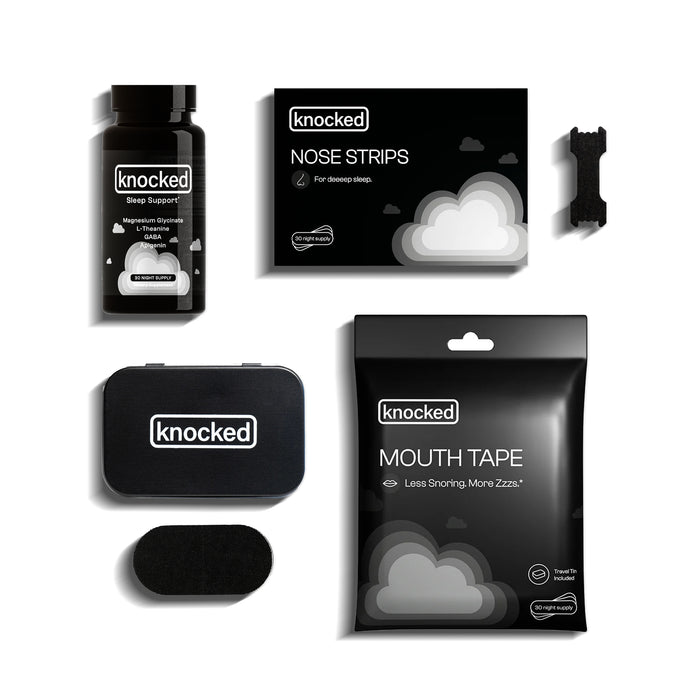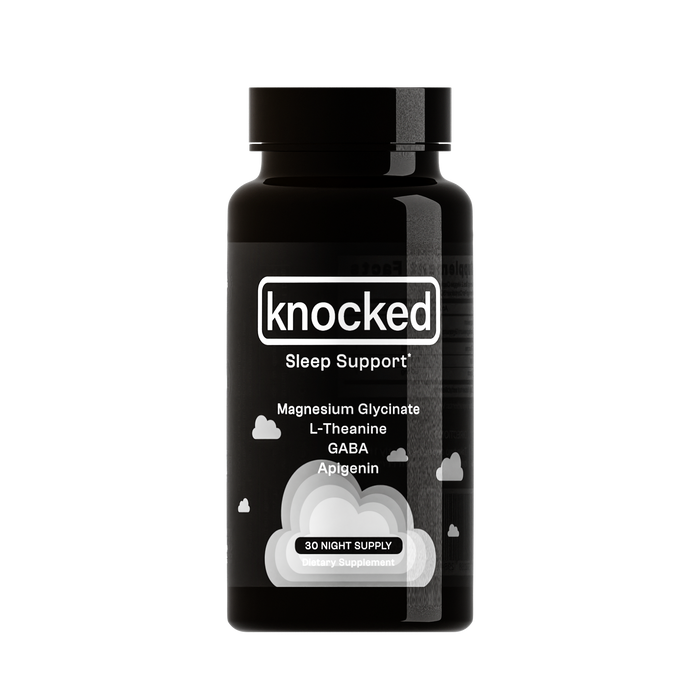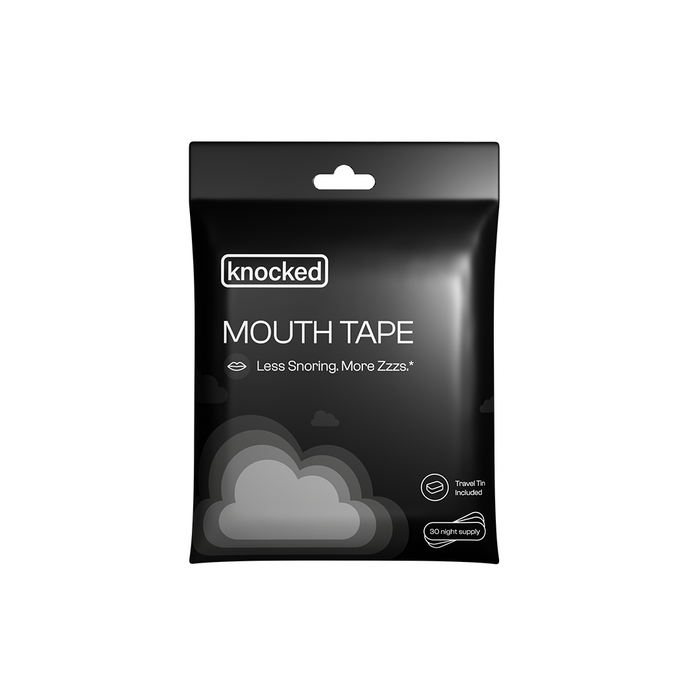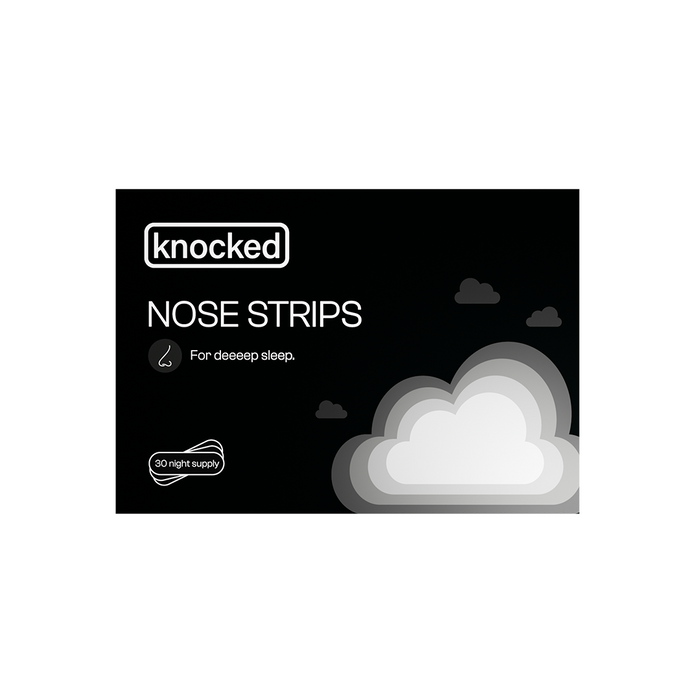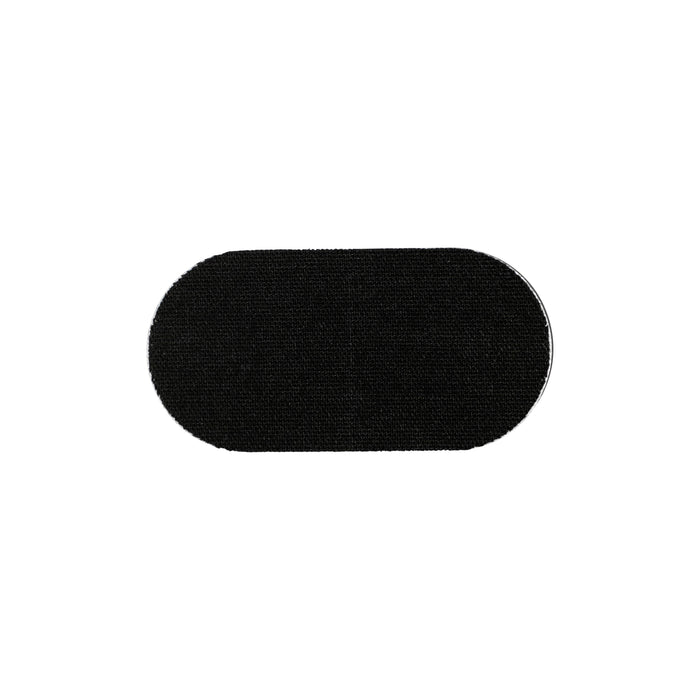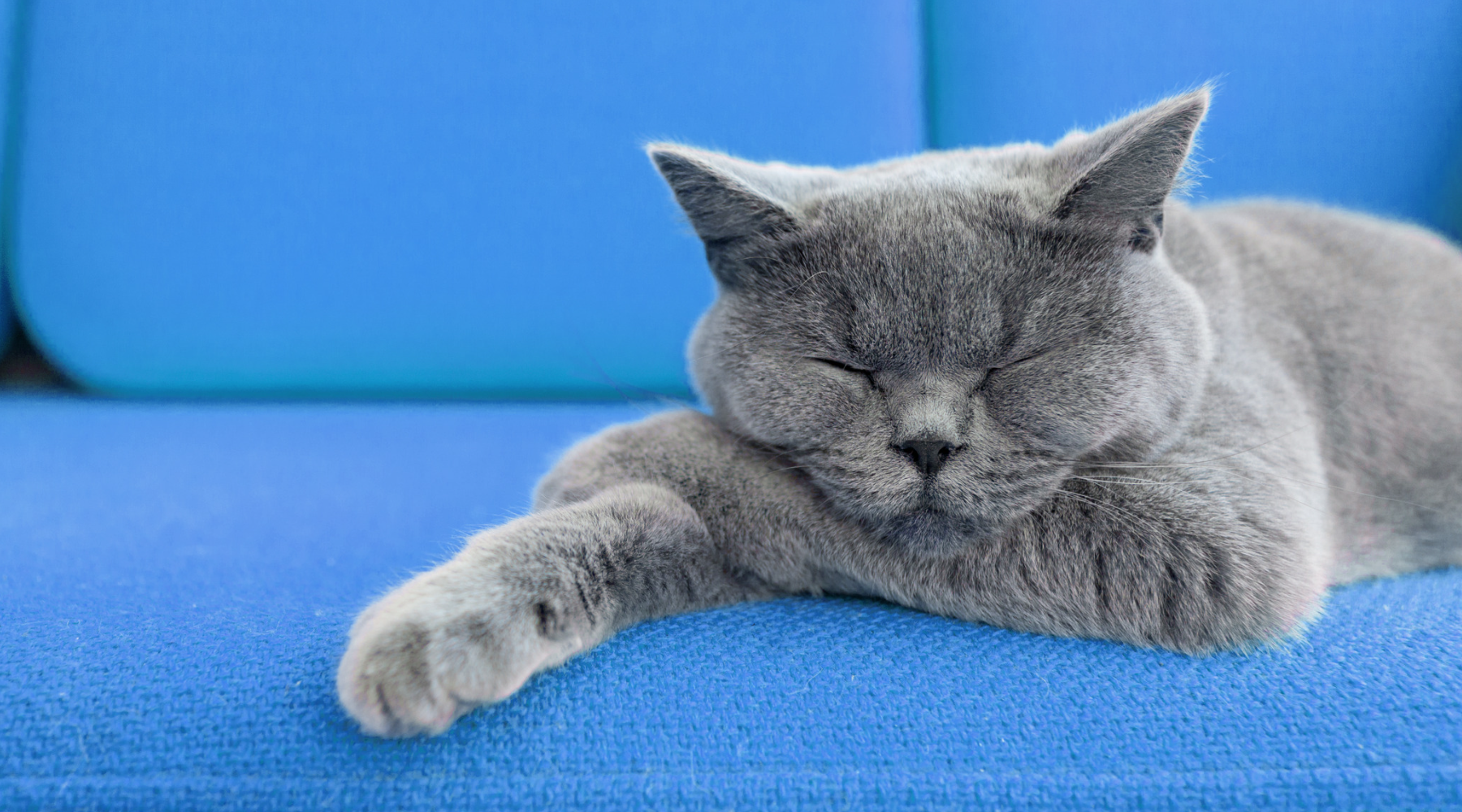

The Science of Napping: Maximizing Your Slumber for Optimal Health
Have you ever felt that sudden afternoon slump and yearned for a quick power nap? Or perhaps you're a seasoned nap aficionado looking for ways to optimize your daytime dozes. Well, you've come to the right place. This blog post explores the science of napping, its effects on sleep, and, most importantly, how to nap effectively. So, sit back, relax, and let's explore the fascinating world of napping together.
The Science of Napping
Napping is not merely a sign of laziness or a guilty pleasure for the sleep-deprived. It is a complex biological phenomenon that has significant implications for our health, productivity, and overall well-being. Scientific research has revealed a multitude of benefits associated with napping, ranging from improved mood and alertness to enhanced creativity and learning capacity1.
Napping can also positively affect our nighttime sleep quality. Contrary to popular belief, a well-timed nap does not necessarily disrupt our sleep cycle. In fact, a short nap during the day can reduce sleep pressure, helping us fall asleep more easily at night and achieve deeper, more restorative stages of sleep2.
The Art of Napping: How to Nap Effectively
Not all naps are created equal. The timing, duration, and environment of your nap can dramatically influence its benefits. Here are some science-backed tips to help you optimize your napping experience:
-
Timing is Key: The ideal time to nap is in the early afternoon, when most people naturally experience a dip in alertness due to their circadian rhythm. Napping too late in the day can interfere with nighttime sleep, so aim for a nap between 2 and 3 pm3.
-
Keep it Short and Sweet: The ideal nap duration is about 20-30 minutes. This length allows you to experience the benefits of lighter sleep stages without entering deep sleep, which can result in grogginess upon waking, known as sleep inertia4.
-
Find a Restful Environment: Make sure your napping environment is comfortable, quiet, and dark. This can help you fall asleep faster and achieve higher-quality sleep5.
Napping FAQs
Here, we'll address some common questions about napping:
Does napping affect nighttime sleep? As mentioned earlier, a well-timed, short nap can actually improve nighttime sleep quality. However, long or late naps can disrupt your sleep cycle and make it harder to fall asleep at night6.
Is it normal to feel groggy after a nap? Feeling groggy after a nap, a phenomenon known as sleep inertia, is typically a result of waking up from deep sleep. To avoid this, try to limit your naps to 20-30 minutes7.
Can napping replace a night's sleep? While naps can provide temporary relief from sleepiness, they are not a substitute for a full night's sleep. Regular, high-quality nighttime sleep is crucial for overall health and well-being8.
Napping can be a powerful tool for enhancing our daytime alertness, mood, and cognitive functioning when done right. So, the next time you're feeling that afternoon slump, why not consider a power nap? Your brain might thank you for it.
